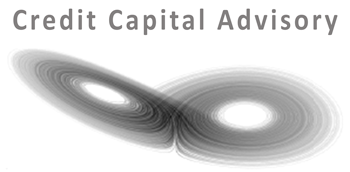Insight into the Impact of Credit Disequilibrium on Financial Markets
Why investors can ignore the inflation bogeyman
US equity investors in the six year period between 1973 and 1978 would have made no nominal return on their investment, with inflation averaging 7.7%. Hence it is understandable that investors remain so concerned about the potential impact of a higher rate of rising...
Why ‘Great Rotation’ narratives should always be rejected
Paul Kennedy, in his 1987 book The Rise and Fall of the Great Powers, forecast that Japan would continue to outperform the U.S. and Europe economically through greater exploitation of technology, while freeriding on the U.S. defence budget. In February 1988, the New...
Nasdaq versus Shanghai: A battle of two stock markets
Last month, U.S. Secretary of State Mike Pompeo spoke of the need for a new grouping of democracies to face what he argued was the increasing threat to freedom from China. While Pompeo didn’t give much away on how this might be approached, he did recognise that it...
Better to watch paint dry than go to Vegas!
The American economist Paul Samuelson once remarked that investing should be more like watching paint dry. If you want excitement, he noted, take $800 and go to Las Vegas. Samuelson’s comment in many respects strikes at the heart of the asset allocation versus stock...
The Potential Pitfalls of Passive Investment
On September 1st 1859, astronomer Richard Carrington observed what turned out to be a coronal mass ejection from the sun, which released a significant amount of plasma into the solar wind. The resulting geomagnetic storm, known as the Carrington Event, was so severe...
Credit compression indicates market poised to spring into action
In July 2007, the equity market was forecasting strong earnings growth with the S&P 500 breaking new highs. More importantly, credit markets were signalling that credit risk had largely been conquered. The credit default swap for Greece was just over 4bp compared to...
